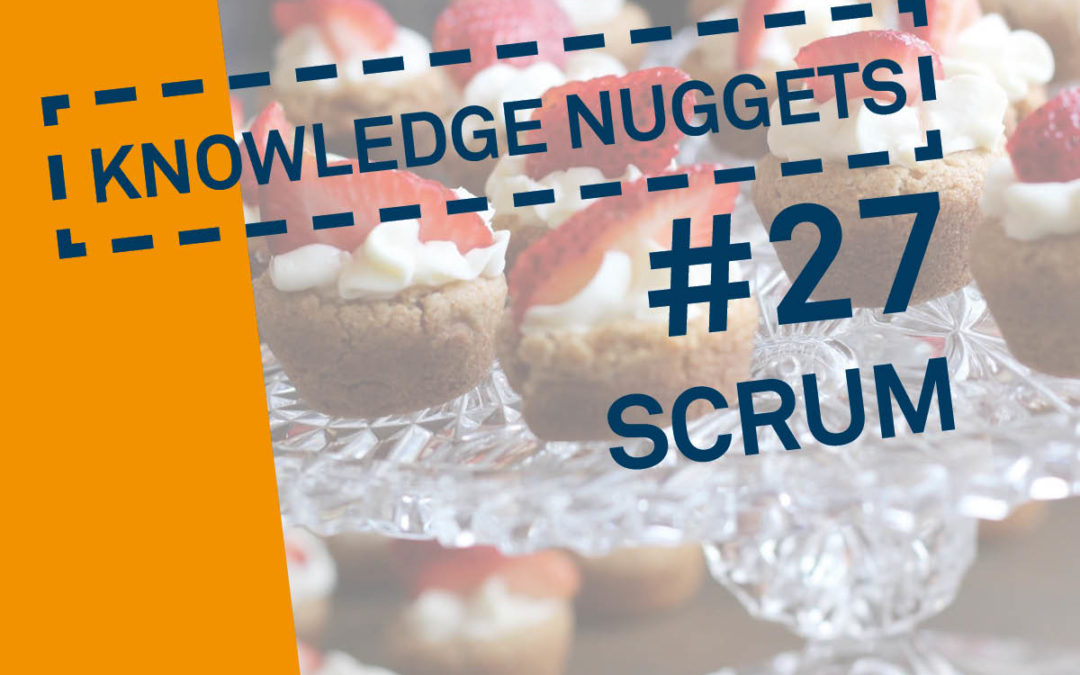SCRUM is a process model of project and product management and was originally used primarily in agile software development. Over the years, the model has found its way into many business areas and is now used in the implementation of numerous projects and developments. At its core, the model describes a new role for project management. It becomes a team member and assumes the role of facilitator rather than management. The teams themselves work as self-organized units and are given only one direction. The team itself decides which measures, strategies or methods it will use to achieve the common goals.
With only a few rules, SCRUM is the most common method of agile work. Complex and large goals are captured in the vision and then broken down into smaller cycles called sprints. The long-term plan is recorded in the product backlog and the more detailed sprints in the sprint backlog. Large visions seem difficult to achieve and implement, but if you break them down into intermediate results, the implementation becomes tangible. The entire process is iterative. At the end of each sprint, a finished partial product/result is “delivered”. The sprint, the result and the procedure are reflected, compared with the requirements and the new sprint is planned.
Three roles are responsible for leadership in the SCRUM model: the product owner (economic success), the developer (functionality and quality) and the SCRUM master (compliance with the rules and regulations). Together they form the framework. Ideally, the SCRUM team should be as interdisciplinary as possible and the team members should be both specialists and generalists; this way, the best possible results can be achieved. Outside of the SCRUM model, there are additional stakeholders. These can be customers, the overarching management or potential users. They are not involved in the SCRUM process, but they provide important impulses. Through the entry of SCRUM into areas that do not deal with pure software development, additional roles such as Change Manager or Project Owner have also emerged. These are the result of individual further development of the model.
The science location Dortmund offers a concrete example. The big vision is the Silicon Economy. It is broken down into different development projects that work according to the SCRUM model. Sprint by sprint, smaller products (blockchainor IoTdevices), prototypes or infrastructure components are created that, when combined, make the new platform economy a reality.
